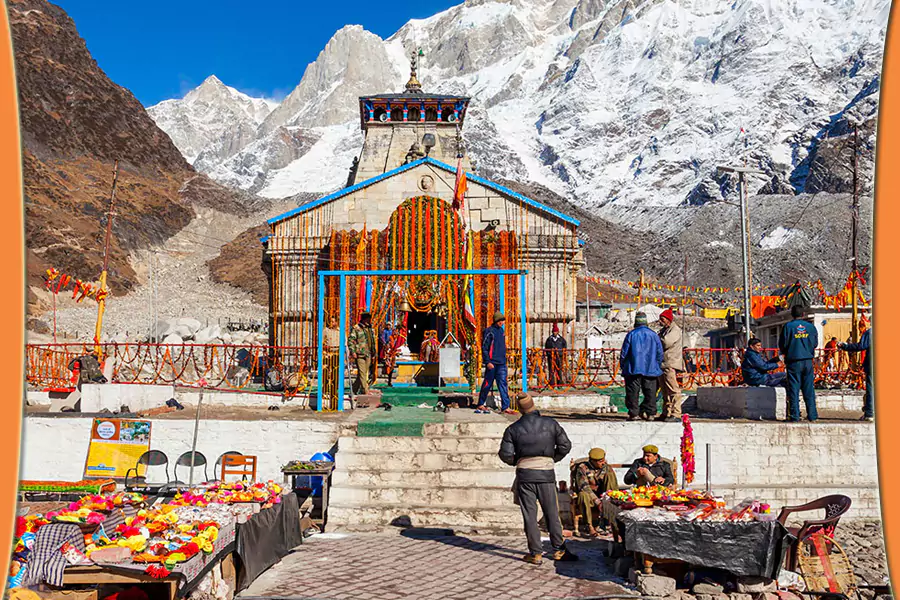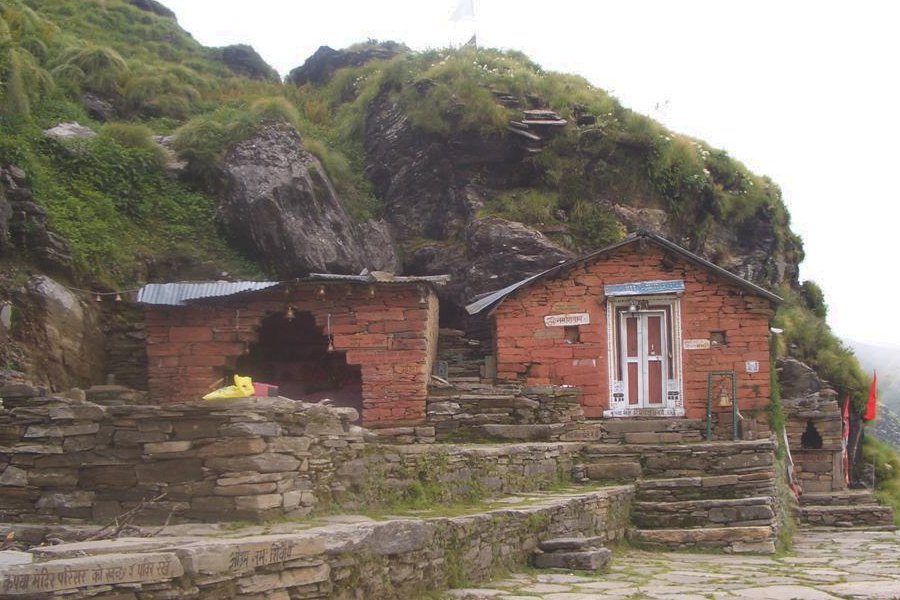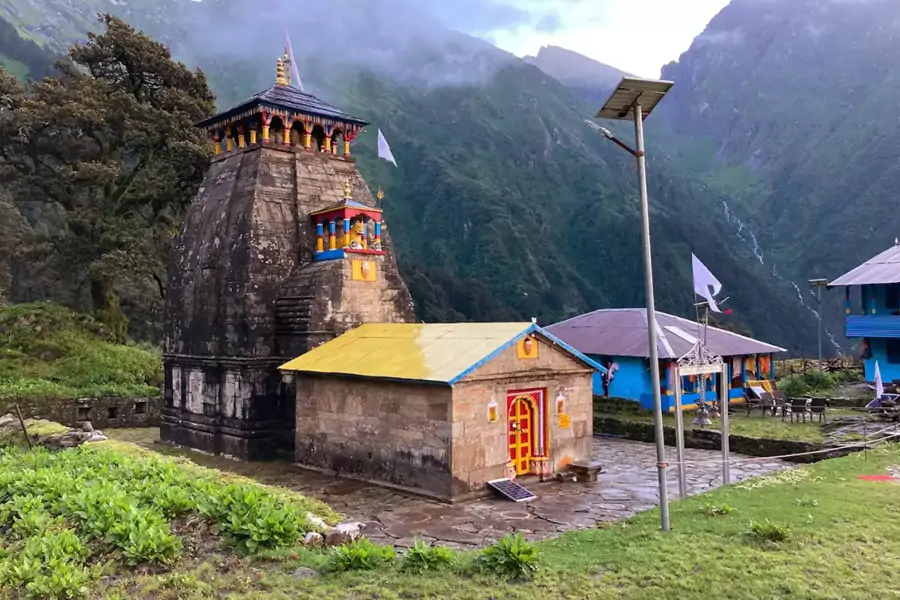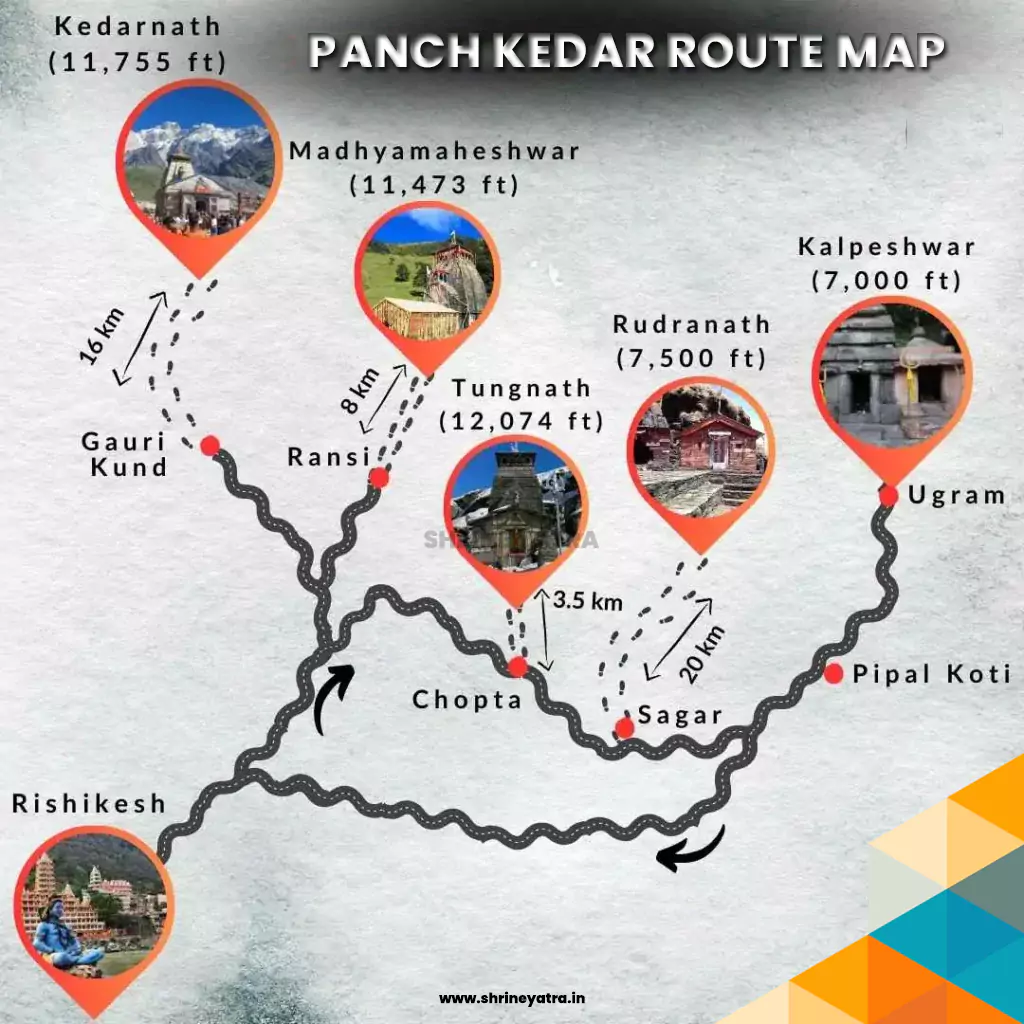Uttarakhand, often called Devbhumi or the "Land of the Gods," holds within its majestic peaks and serene valleys countless shrines dedicated to Lord Shiva. Local tradition says that every stone here is, in essence, a Shivlinga. Among these sacred sites, five stand out for their exceptional spiritual significance — Kedarnath, Rudranath, Tungnath, Madhyamaheshwar, and Kalpeshwar. Collectively, they are revered as the Panch Kedar. The word Panch means "five," while Kedar is one of Lord Shiva’s many sacred names.
For devotees of Shiva, visiting all five of these temples is a cherished goal. Unlike many modern pilgrimages, the Panch Kedar journey still retains the physical challenges of ancient times. Located in remote mountain regions, these temples cannot be reached entirely by road — a portion of the journey must be completed on foot.
This trek is not merely a physical challenge but a spiritual one, echoing the old belief that hardships on the path prepare the soul for deeper surrender to the divine. For those seeking such an authentic pilgrimage experience, the Panch Kedar Yatra is truly a blessing.
The origins of the Panch Kedar are rooted in the legendary tale of the Pandavas from the Mahabharata.
After the great Kurukshetra war, the Pandavas were victorious but burdened with guilt for the deaths of their relatives, teachers, and friends. Seeking forgiveness for their sins, they turned to Lord Shiva. However, Shiva chose to avoid them, assuming the form of a bull and hiding in the Himalayas.
Bhim, suspecting the bull’s divine nature, chased it and managed to grasp its hind legs. The bull then vanished into the earth, leaving only its hump visible. It is believed that different parts of this divine bull’s body appeared in separate places in the Garhwal Himalayas. At each spot, the Pandavas built a temple to honor Lord Shiva.
Moved by their sincere repentance, Lord Shiva forgave them. These five temples came to be collectively known as the Panch Kedar.
RECOMMENDED TOUR: CHAR DHAM TOUR PACKAGES

The foremost among the Panch Kedar temples, Kedarnath is also one of the twelve Jyotirlingas — the most sacred representations of Shiva’s energy. Located at 3,583 meters near the Mandakini River in Rudraprayag district, Kedarnath is famous for its conical-shaped Shivling, said to be the hump of Shiva’s bull form.
A unique ritual here is the Abhishekam of ghee, linked to the legend of Bhim massaging the bull’s injured hump. The temple, built of massive grey stone slabs, is believed to have been established by Adi Shankaracharya. The journey involves an 18–19 km trek from Gaurikund, with pilgrims chanting Om Namah Shivaya along the way.

The highest Shiva temple in the world, Tungnath stands at 3,680 meters. Its name means “Lord of the Peaks.” This 5,000-year-old shrine is reached via a 4 km trek from Chopta. According to legend, the bull’s arms emerged here.
Nestled between the Alaknanda and Mandakini river basins, Tungnath is the origin of three springs that join to form the Akashkamini River. Many pilgrims also continue 2 km further to Chandrashila peak for breathtaking Himalayan views.

This natural rock temple marks the place where the bull’s face appeared. Lord Shiva is worshipped here as Neelkanth Mahadev. Surrounded by rhododendron forests and alpine meadows, Rudranath sits at 3,600 meters. The nearby Vaitarani River is believed to be the mystical river souls must cross after death, making the site significant for ancestral rites.
Reaching Rudranath is challenging, with treks exceeding 20 km from various starting points. The views include Hathi Parbat, Nanda Ghunti, Trishul, and Nanda Devi peaks.

Located in Mansoona village at 3,289 meters, Madhyamaheshwar is where Shiva’s navel is believed to have appeared. The 19 km trek from Ukhimath offers panoramic views of Chaukhamba, Kedarnath, and Neelkanth peaks.
Built in the classic North Indian style, the temple is surrounded by lush meadows and has shrines dedicated to Parvati, Ardhanarishvara, and Saraswati. The water here is considered so holy that even a few drops are purifying.

In the serene Urgam Valley, Kalpeshwar is where Shiva’s matted locks appeared. Situated at 2,200 meters, it is the only Panch Kedar temple accessible year-round. The temple is reached via a short 3.5 km trek from Lyari village. Here, Shiva is worshipped as Jatadhari or Jateshwar.

Except Kalpeshwar, all temples remain closed in winter, with deities moved to winter abodes:
The ideal months to visit are May–June and September–October.
The summer months bring the most favorable conditions. Monsoons can cause landslides, and winters are too harsh for habitation, leading to temple closures.
Nearest Airport: Jolly Grant, Dehradun
Nearest Railway: Rishikesh
From there, travel by road to the trek starting points:
Keep luggage light for a smoother trek.
Explore the budget frendly Char Dham pilgrimage with our specially curated packages.
Complete the booking form to begin your spiritual journey today.
Your enquiry will be sent to our sales team who will reach out to you with a relevant tour package offer. Package prices are subject to change as per accommodation, tour date, and group size.
